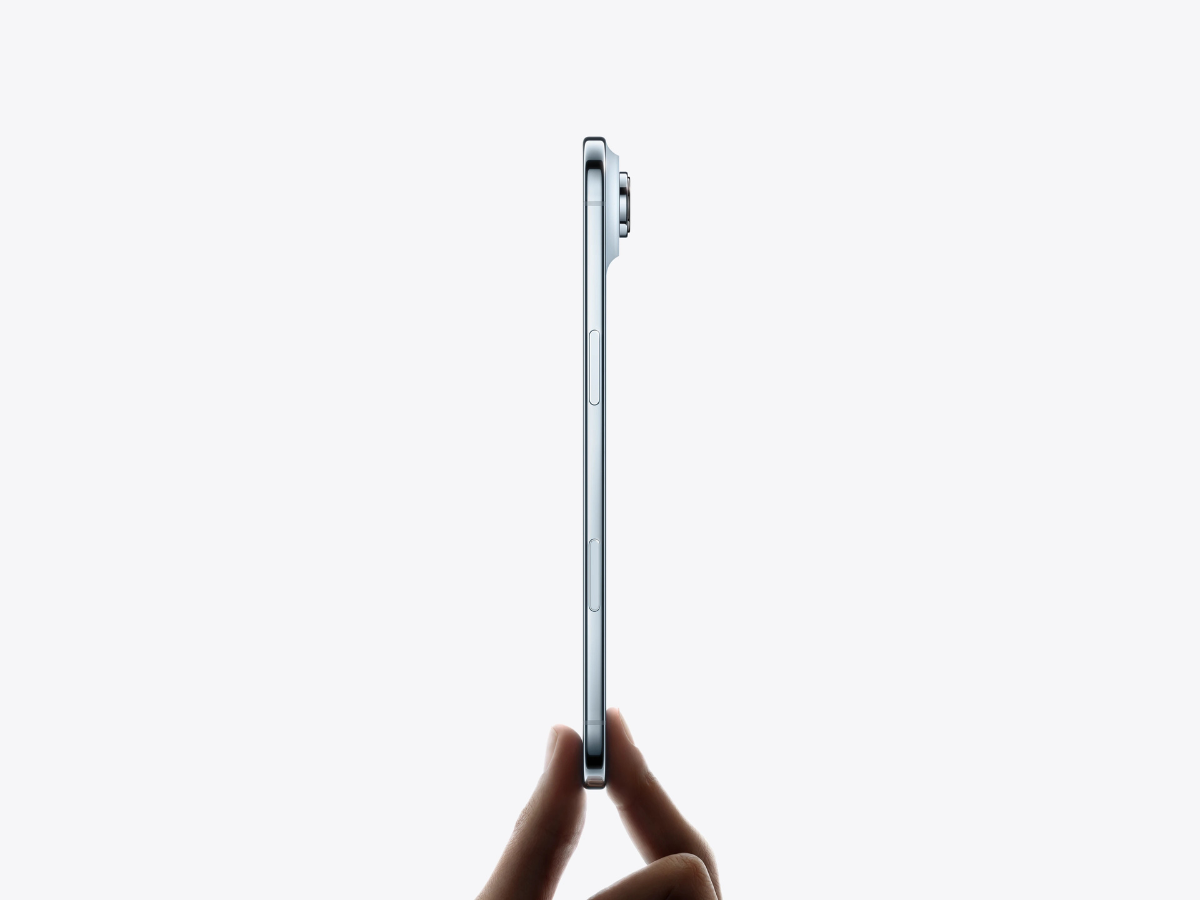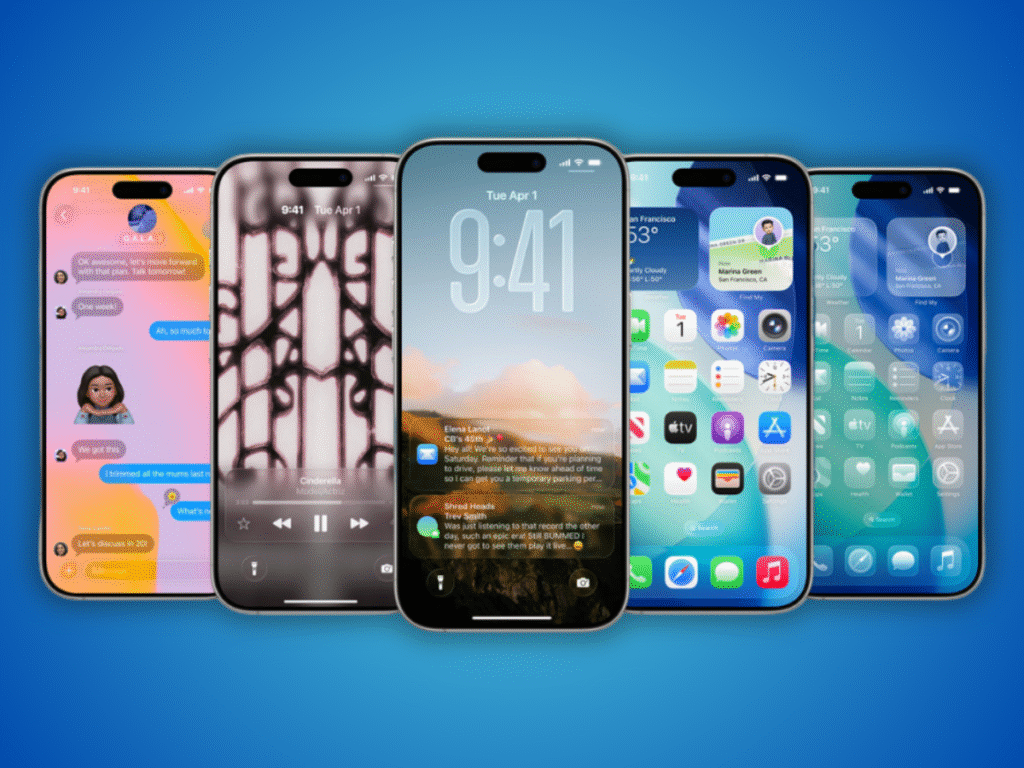Apple has been flirting with ultra-thin iPhones for years, but the iPhone Air is the first time the company has truly delivered on that promise in a meaningful way. At just 5.6mm thick, powered by the new A19 Pro chip, and positioned between the iPhone 17 and 17 Pro, the Air feels less like a mere variant and more like Apple creating a whole new segment in the lineup. It’s light, sleek, and very deliberate in how it sets itself apart from the rest of the family.
Of course, comparisons didn’t take long to surface. Some people immediately wondered if the Air was now the thinnest phone in the world — and the answer is still no. That record still belongs to Huawei’s tri-fold Mate XT Ultimate, which achieves an almost unbelievable 3.6mm thickness when fully unfolded. However, that device benefits from spreading components across multiple panels. Apple had to design within the constraints of a single, rigid slab of glass and metal.
That challenge is what makes the iPhone Air intriguing. To hit this thinness without sacrificing performance, Apple had to rethink parts of the internal layout that haven’t changed in years. Components were reshaped, shifted, or merged; material choices became more strategic; and some long-standing design beliefs were completely reevaluated.
Naturally, the world reacted as it always does — half calling it a bold glimpse at where smartphones are headed, the other half insisting they made the right choice by sticking with Samsung this time. No surprise there.
What’s worth exploring is how Apple actually engineered this. Building a 5.6mm flagship isn’t just a matter of ‘shrinking it and shipping it.’ There’s real engineering behind this silhouette — and a few clever sacrifices that made it possible.
Here’s what went into creating the thinnest iPhone Apple has ever released.
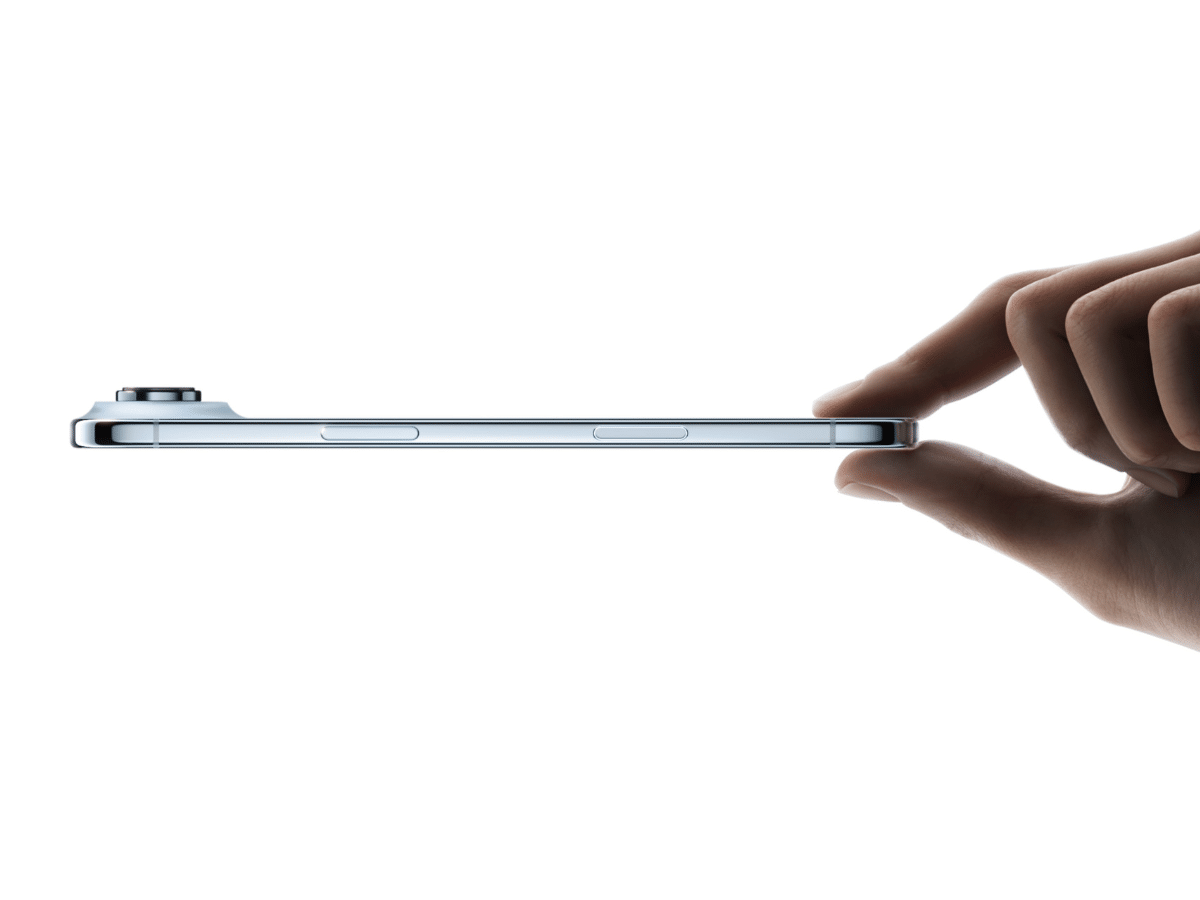
The first thing you might notice on the iPhone Air is the camera bump — or “camera plateau,” as Apple likes to call it. Typically, I’m not a fan of these protruding islands. They’ve always felt like engineering compromises disguised as design choices. On a Pro device, that’s okay. On a phone designed for daily use? The bumps often get in the way more than they help. But the iPhone Air is a rare exception where the bump truly justifies itself, because it’s not merely housing a lens — it’s housing the phone’s essential hardware.
Instead of spreading components evenly across the entire chassis like most smartphones, Apple concentrated much of the iPhone Air’s internal components into the camera bump. The goal was to free up as much space as possible inside the main body so the Air could remain ultra-thin while still leaving room for a functional battery.
It’s the same thought when Apple used when shrinking down the MacBook’s internals to create the original MacBook Air back in 2008 — take the essential components, miniaturise them, and arrange them efficiently. This redesign also explains why the Air currently comes with just a single camera for now. Fitting a second lens would require shrinking the internals even further, something Apple might try in a future model.
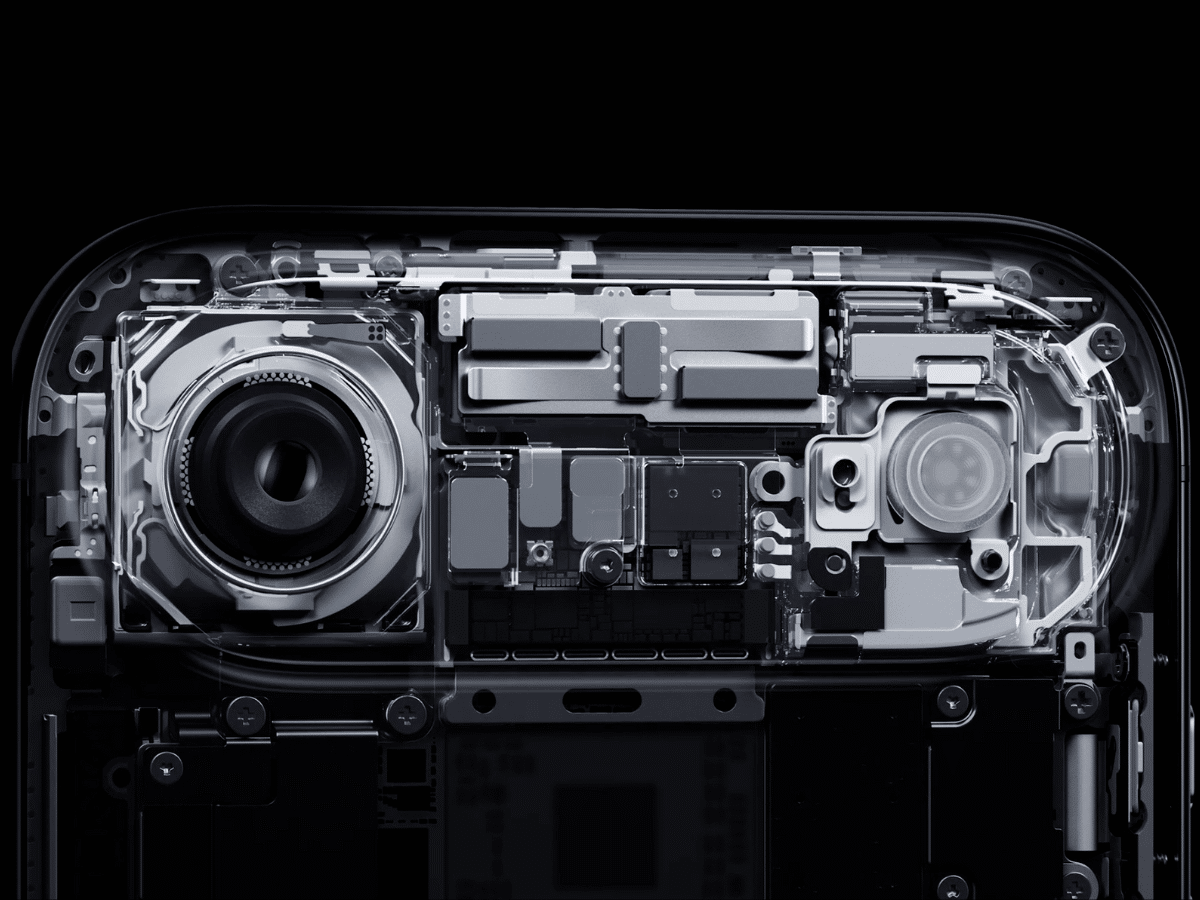
Inside, you’ll find the compact structure that lives on the new silicon. The A19 Pro powers the iPhone Air — a slightly simplified version of the chip in the 17 Pro models — along with Apple’s updated C1X modem and the all-new N1 networking chip. The C1X is an evolution of Apple’s first in-house modem, which debuted in the iPhone 16e, with Apple claiming significant improvements in efficiency and speed. The bigger upgrade is the N1, which introduces Bluetooth 6, Wi-Fi 7, and Thread support, making the Air more future-proof and more power-efficient for everyday use.
But as an iPhone user myself, I can’t help but think about its thermal performance, considering it will be packed into this hardware with such a thin frame, and it makes me wonder how it will hold up with heat during heavy workloads. But until I get a hold of one and see it in real-world conditions, I’ll let the iPhone do the talking.
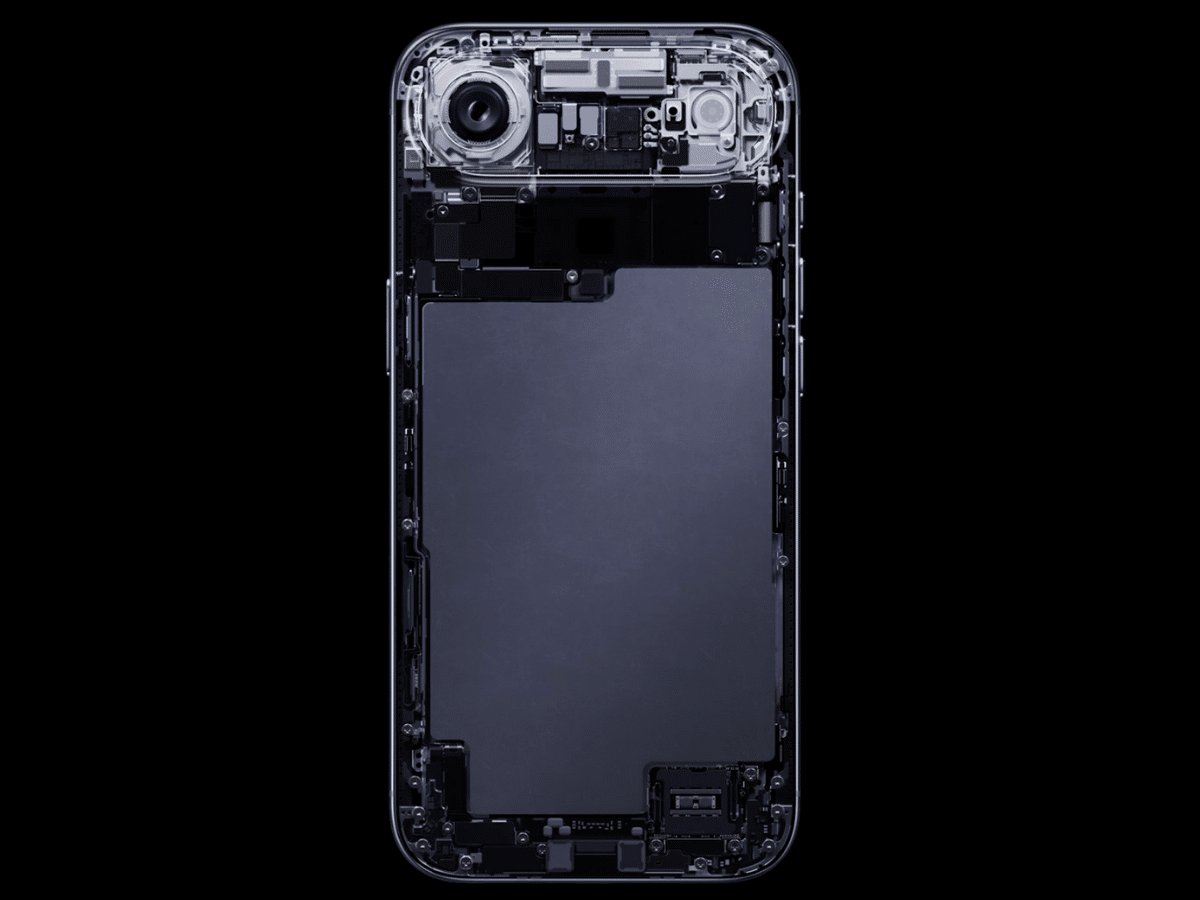
Now, this is where things become interesting, and everyone is curious about the iPhone Air’s battery. The iPhone Air features a 3,149mAh battery, which is notably small compared to the rest of Apple’s lineup. For perspective, the 6.1-inch iPhone 16e has a 4,005mAh cell, and the standard iPhone 17 comes with a 3,692mAh battery. On paper, the Air appears underpowered — a battery of this size in such a slim phone doesn’t initially inspire confidence.
But the Air’s secret isn’t battery size; it’s efficiency. Thanks to the combined work of the A19 Pro chip, the new C1X modem, and the N1 networking chip, the phone manages to stretch its smaller battery surprisingly far. Apple claims the Air can reach 27 hours of video playback, which actually exceeds the 16e despite the Air having a significantly smaller battery. That’s a pretty bold statement for a device built around extreme thinness.
Here’s the good news: if you want even more battery life, Apple has its usual solution—the iPhone Air MagSafe Battery that snaps onto the back of the phone. With that added, the Air jumps to 40 hours of video playback, surpassing even the 17 Pro Max and its massive 5,088mAh battery. You’ll need to pay extra for the accessory, but the option is available for users seeking multi-day stamina at USD $99.
Most people look for battery improvements when upgrading their phone, and in a roundabout way, Apple has delivered them here. The raw capacity might not impress, but the gains from the C1X and N1 chips suggest a bigger trend — the kind of smart power management that could benefit every model in the iPhone 18 lineup. If Apple can bring these efficiencies to its larger, more capable devices, we could see serious battery advancements next year.
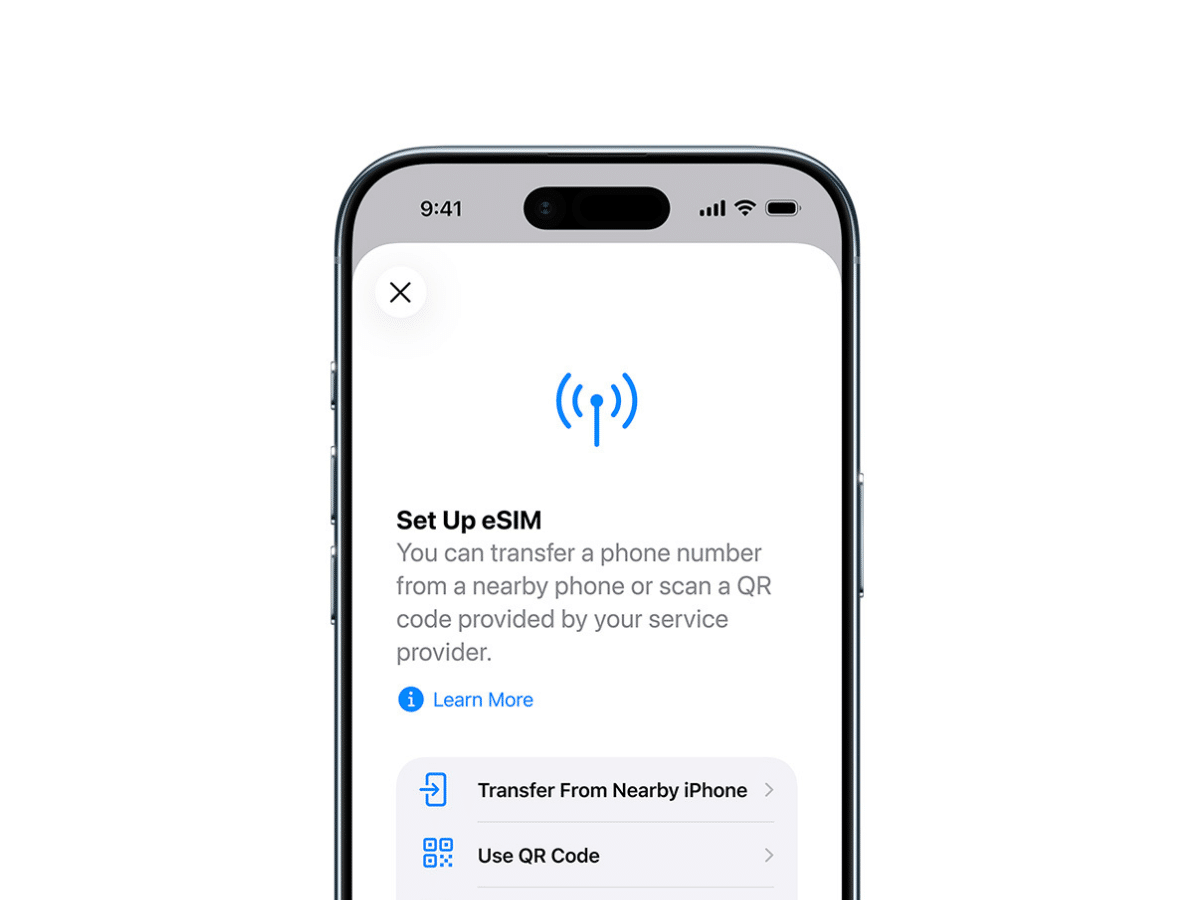
When aiming for extreme thickness, obviously, there’s going to be something missing for sure, and one of them is the complete removal of the physical SIM card tray. The iPhone Air is the first in the lineup to operate exclusively on eSIM, with no fallback option. Apple states that removing the tray was necessary to free up space inside the 5.6mm frame — and on a device this thin, every tiny component matters.
The change sounds simple on paper, but it’s a real challenge for anyone using an older device that still relies on a physical SIM. Not all carriers worldwide support eSIM, and even in areas where it’s offered, the traditional method of removing your SIM and inserting it into a new phone remains the fastest way to get started. Anyone who frequently switches devices knows how easy that used to be, especially for those who travel quite often.
With eSIM, the process becomes a bit more complex. Transferring to a new phone requires an internet connection, carrier approval, and a few extra setup steps. It works, and it’s improving with each generation, but it’s not as instant or widespread as the physical card we’ve used for years.
I believe that, in the long run, this will be the future for all smartphones, with Apple potentially leading the industry towards a time when physical SIMs no longer exist — the iPhone Air could very well be the turning point — but for now, it feels a bit like when Apple removed the headphone jack. The move makes sense from an engineering perspective, yet it still hurts for users who appreciated the simplicity of swapping cards in seconds.
